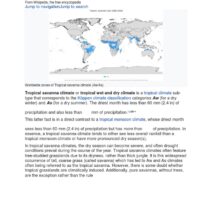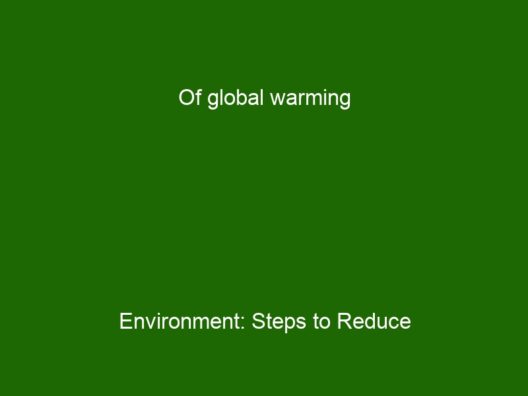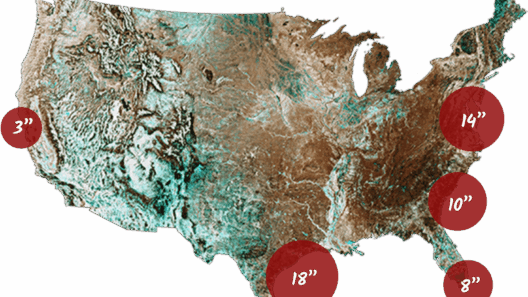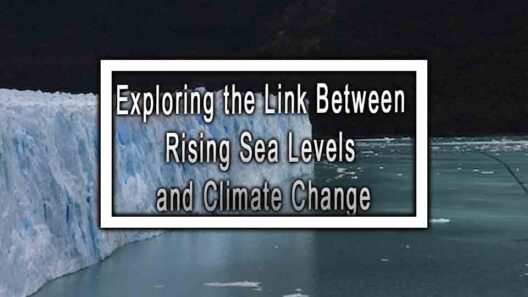The phenomenon of rising sea levels has garnered significant attention in recent decades due to its far-reaching implications for ecosystems, human populations, and economies across the globe. With each passing year, the need to comprehend this critical issue becomes more urgent. Rising sea levels signal changes in the Earth’s climate system, highlighting the fragility of coastal regions and the threats they face. Understanding what rising sea levels mean allows for informed discourse and action, paving the way toward mitigation and adaptation strategies that can safeguard communities and natural habitats alike.
Rising sea levels are primarily driven by two interrelated processes: thermal expansion of seawater and the melting of ice from glaciers and polar ice caps. As the planet warms, seawater expands and takes up more volume, which causes ocean levels to rise. Concurrently, the melting of glaciers and ice sheets contributes a substantial influx of freshwater into the oceans, exacerbating the issue. According to conservative estimates, global sea levels have risen approximately 8 to 9 inches since the late 19th century, with projections suggesting that, if current trends continue, levels could rise by an additional 1 to 4 feet by the end of this century. These trends, however, may be exacerbated by feedback mechanisms in the climate system that are not fully understood yet.
Many countries, particularly those with extensive coastlines and low-lying areas, are already grappling with the ramifications of higher oceans. How then, do rising sea levels affect the planet, and what are the essential impacts that deserve careful consideration?
Coastal Erosion: A Silent Culprit
First and foremost, one of the most visible effects of rising sea levels is coastal erosion. Beaches, cliffs, and shorelines are steadily compromised as waves encroach further inland. This phenomenon threatens infrastructure, including homes, roads, and other critical facilities. Furthermore, coastal ecosystems such as wetlands and mangroves—vital for biodiversity and natural flood protection—are at risk of submergence or degradation. Coastal erosion can occur so subtly that its implications often go unnoticed until it reaches a critical tipping point, resulting in significant economic loss and displacement of communities.
Flooding and Storm Surges: A New Normal
With rising sea levels comes an increased frequency and severity of flooding during storms. Higher baseline sea levels mean that storm surges can penetrate inland more profoundly, leading to catastrophic inundation during hurricanes or heavy rainfall events. As climate change amplifies the intensity of storms, communities are becoming increasingly vulnerable. Coastal cities, especially, are under siege, facing unprecedented flooding events that threaten not only homes but also essential services such as electricity and clean water supply. The economic burden is staggering; municipalities will need to invest heavily in infrastructure upgrades to protect against unpredictable and escalating flood risks.
Displacement and Migration: The Human Cost
The unfortunate reality of rising sea levels is that they contribute to climate-induced displacement. Communities in low-lying coastal regions may find themselves unable to remain in their homes, facing the prospect of relocation—a daunting challenge that comes with social and economic ramifications. Terms like “climate refugees” are increasingly circulating in discourse, illuminating the human cost of environmental changes. Countries that are ill-equipped to deal with mass migration might experience heightened tensions, resource competition, and instability. Addressing these concerns is critical for promoting global equity and ensuring that those affected receive the necessary support and protection.
Impacts on Freshwater Supplies: The Hidden Threat
Another essential but often overlooked consequence of rising sea levels is the potential for saltwater intrusion into freshwater aquifers. As ocean levels rise, the pressure from seawater can infiltrate inland water sources, compromising drinking water and agricultural irrigation supplies. Communities that rely on aquifers for sustenance may find their resources becoming unfit for consumption, leading to food insecurity and public health challenges. Managing and protecting freshwater resources in the face of this looming threat will be paramount for sustaining human life and ensuring that crops can continue to thrive.
Effect on Marine Ecosystems: Disruption of Natural Habitats
The effects of rising sea levels extend beyond human populations; marine ecosystems are equally vulnerable. Coral reefs, which are integral to marine biodiversity, are being challenged by elevated water temperatures and increased sedimentation associated with coastal erosion and land runoff. Ocean acidification, a product of higher atmospheric carbon dioxide levels, poses additional threats to coral ecosystems. As species struggle to adapt to the changing environment, entire food webs could face destabilization, leading to a decline in fisheries and the invaluable services they provide to coastal communities.
Adaptation Strategies: Forward-Thinking Solutions
The unsettling reality of rising sea levels necessitates action. Long-term adaptation strategies can help mitigate the adverse effects of this phenomenon. Solutions range from hard engineering approaches, such as sea walls and levees, to nature-based solutions like restoring coastal wetlands and mangroves that act as natural barriers. Urban planning must incorporate climate resilience into policies to protect vulnerable communities. Collaborative efforts at local, national, and international levels are vital for pool resources, knowledge, and expertise to address these pressing challenges comprehensively.
In conclusion, the implications of rising sea levels are profound and multifaceted, presenting significant challenges for humanity and the planet. Understanding the magnitude of this issue is vital for shaping policies and practices that protect both people and the planet. By prioritizing proactive measures, we can better equip ourselves to adapt to a world where rising oceans redefine our landscapes, communities, and ways of life.








